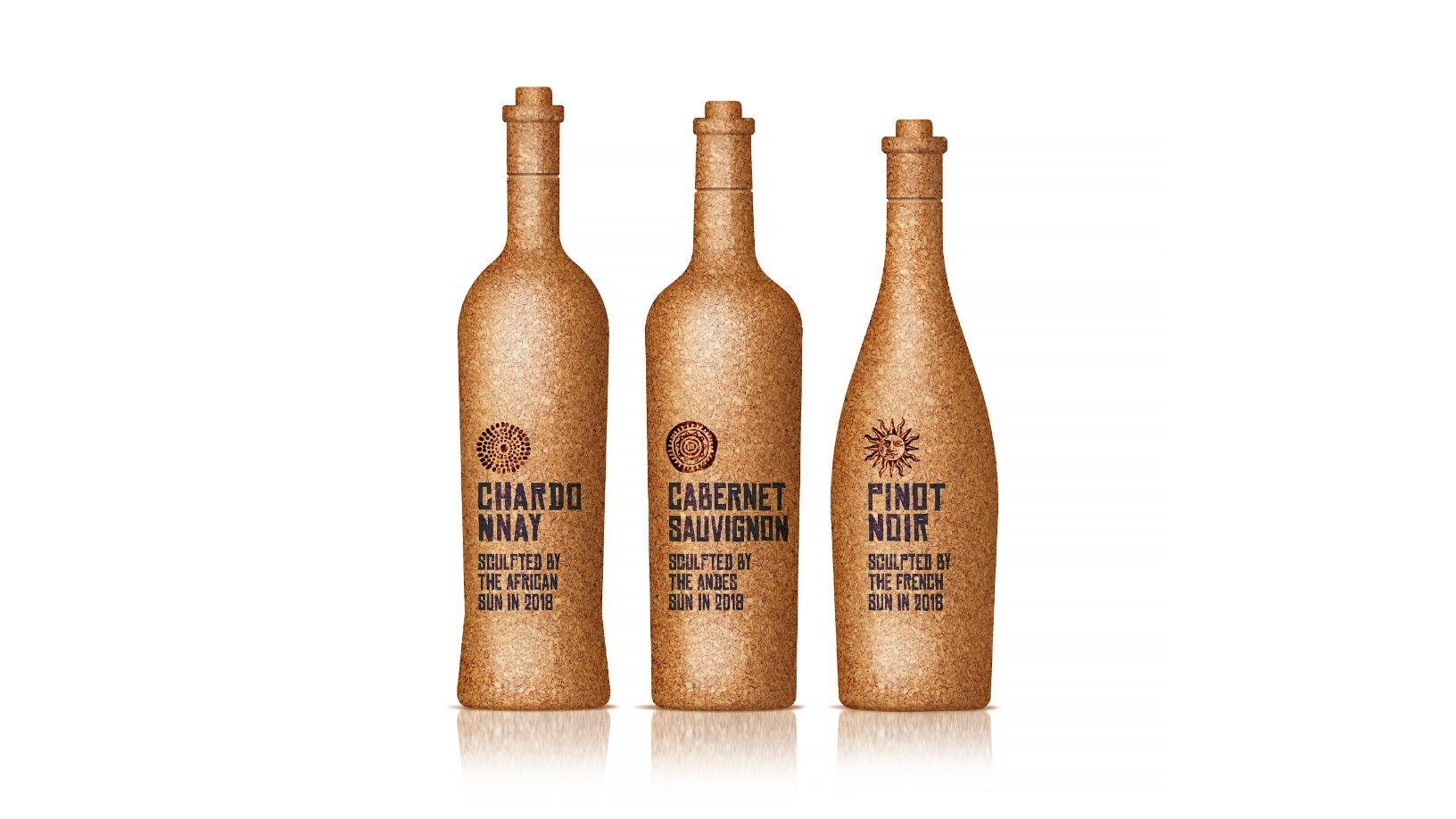Want to Redesign The Wine Bottle? Start From The Top…And Just Use Cork
By
Published
Filed under

By
Published
Filed under

There’s nothing like tearing into a great bottle of Cabernet Sauvignon or a Sancerre, and if you’re into the ritual that most wine snobs describe with the sort of word diarrhea that would make Marcel Proust blush, you know that getting through that piece of cork is deeply intertwined with the process.
Plus, there’s a real sense of weight when you hold a glass bottle in your hands. Not only does it signify a premium product or experience, but it’s also much more satisfying to smash against a wall while holding it by the neck in case you’re set upon by a biker gang hopped up on speed instead of, say, a baguette.
But do we need to bottle wine in glass?
Get unlimited access to latest industry news, 27,000+ articles and case studies.
Have an account? Sign in